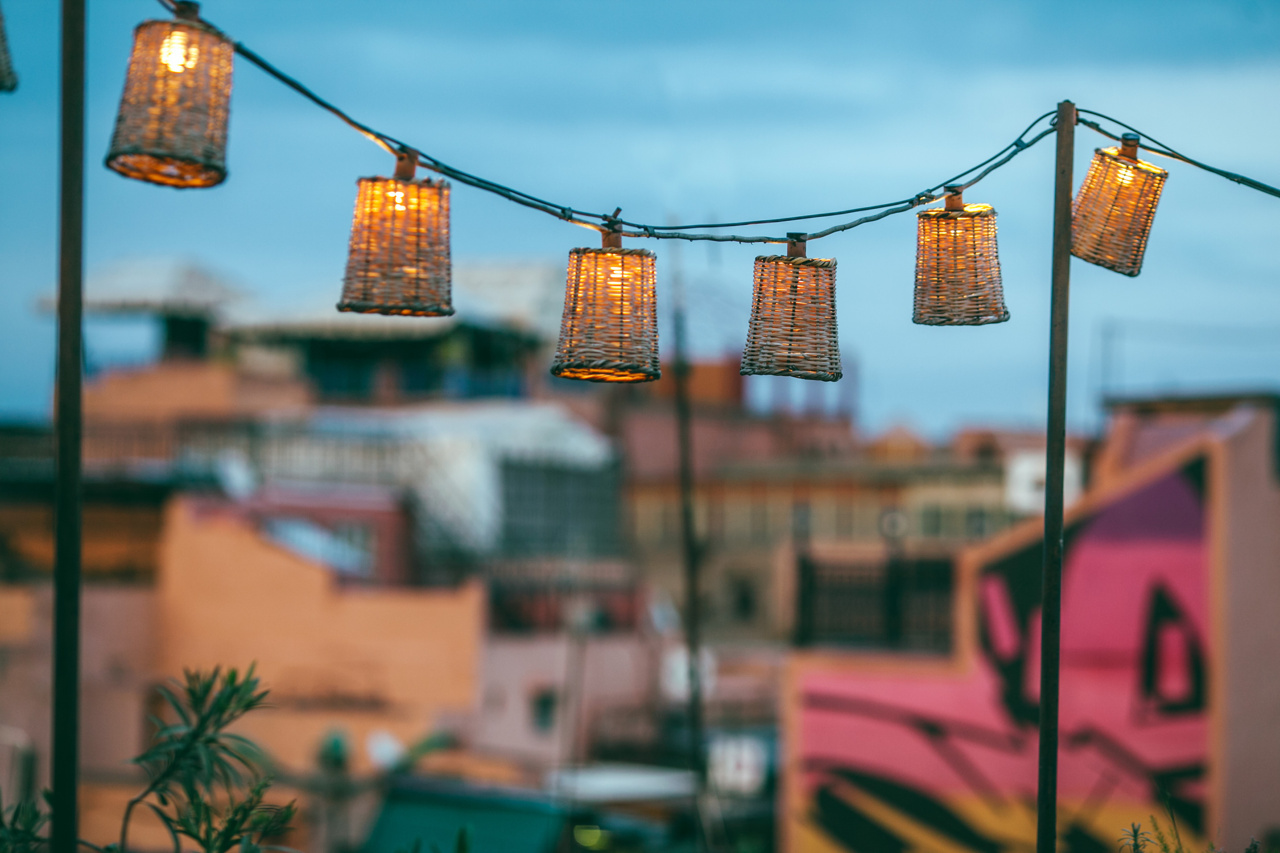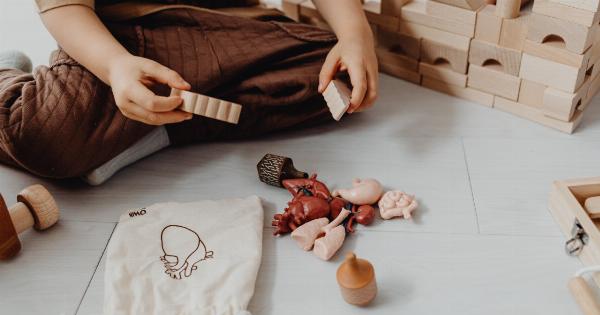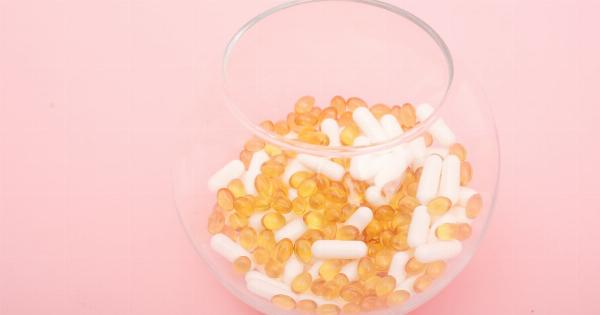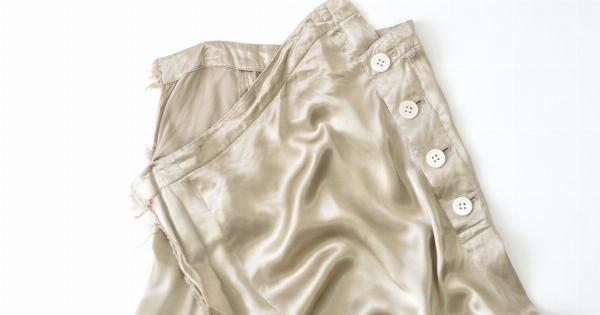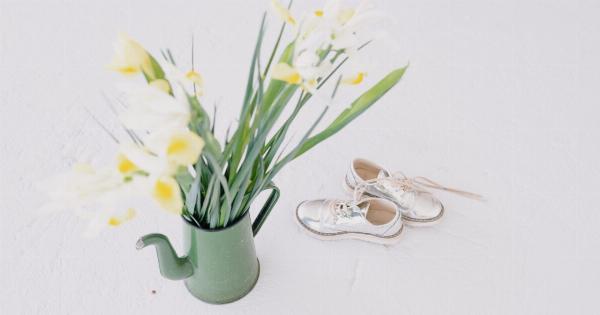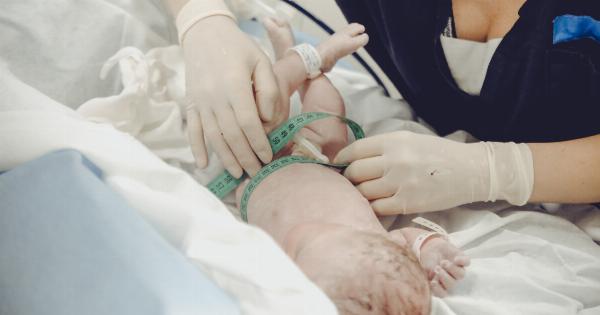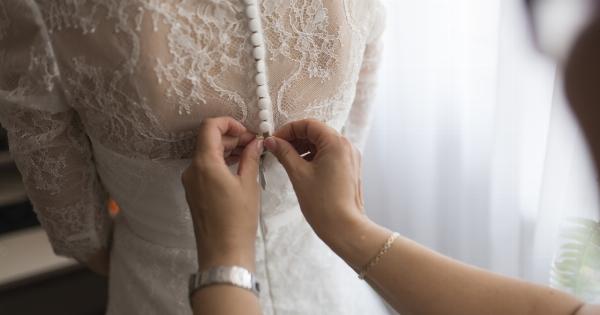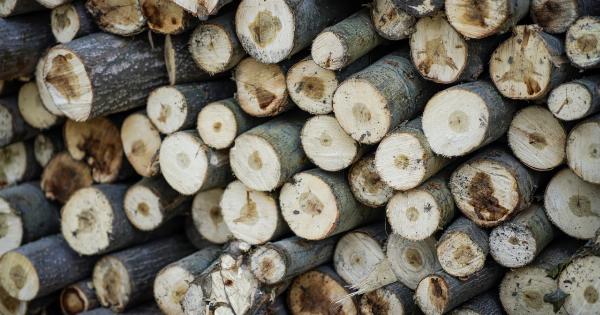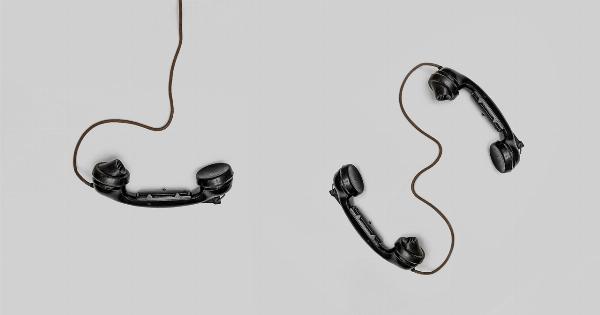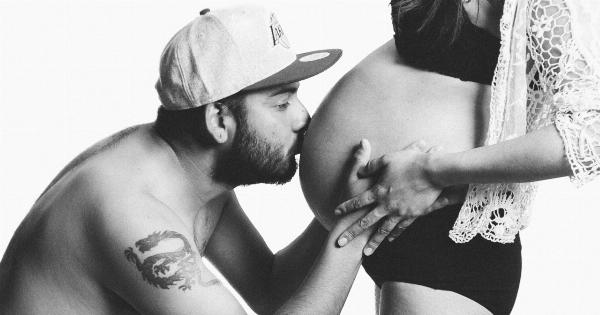The umbilical cord is the lifeline between a baby and its mother during pregnancy. After birth, the cord is cut, and a small portion remains attached to the baby’s belly button.
This part of the cord is known as the umbilical stump, and it usually takes around two weeks to fall off completely.
What Should I Do?
During this time, it is essential to keep the umbilical stump clean and dry to prevent infection. Here are some tips on how to care for your baby’s umbilical stump:.
1. Keep It Clean
After birth, the umbilical stump will be clamped, and the nurse will usually apply an antiseptic to it. In the following days, you’ll need to keep the area around the stump clean by washing it with a gentle soap and water.
Be sure to pat the area dry afterward. Avoid using hydrogen peroxide or alcohol as they can delay the healing process.
2. Keep It Dry
The umbilical stump will heal faster in a dry environment. You can help keep the area dry by folding down your baby’s diaper to expose the stump to the air.
Avoid dressing your newborn in tight clothing as this can trap moisture and bacteria, leading to infection.
3. Watch for Signs of Infection
It is essential to watch for any signs of infection around the umbilical stump. Some common symptoms of infection include:.
- A foul-smelling discharge from the stump
- Swelling, redness, or tenderness around the stump
- Fever or lethargy
If you notice any of these symptoms, contact your pediatrician immediately. They may recommend an antibiotic to treat the infection.
4. Be Gentle
While caring for the umbilical stump, you’ll need to be gentle. Avoid pulling on the stump, even if it seems loose and ready to fall off. Tugging it could cause pain and bleeding.
Also, avoid sticking anything, including Q-tips, into the stump as this could introduce bacteria and lead to infection.
When Should I Call the Doctor?
While it is normal for the umbilical stump to take around two weeks to heal, there are instances when you should contact your pediatrician sooner. These include:.
- If the stump has not fallen off after four weeks
- If there is bleeding or oozing from the stump
- If there is excessive swelling, redness, or warmth around the stump
Your pediatrician will examine the area and recommend further treatment, if necessary.
Conclusion
Caring for your newborn’s umbilical stump may seem daunting, but by following the above tips, you’ll be able to keep it clean and dry, preventing infection and promoting healing.
Remember to watch for signs of infection and contact your pediatrician if you have any concerns.
